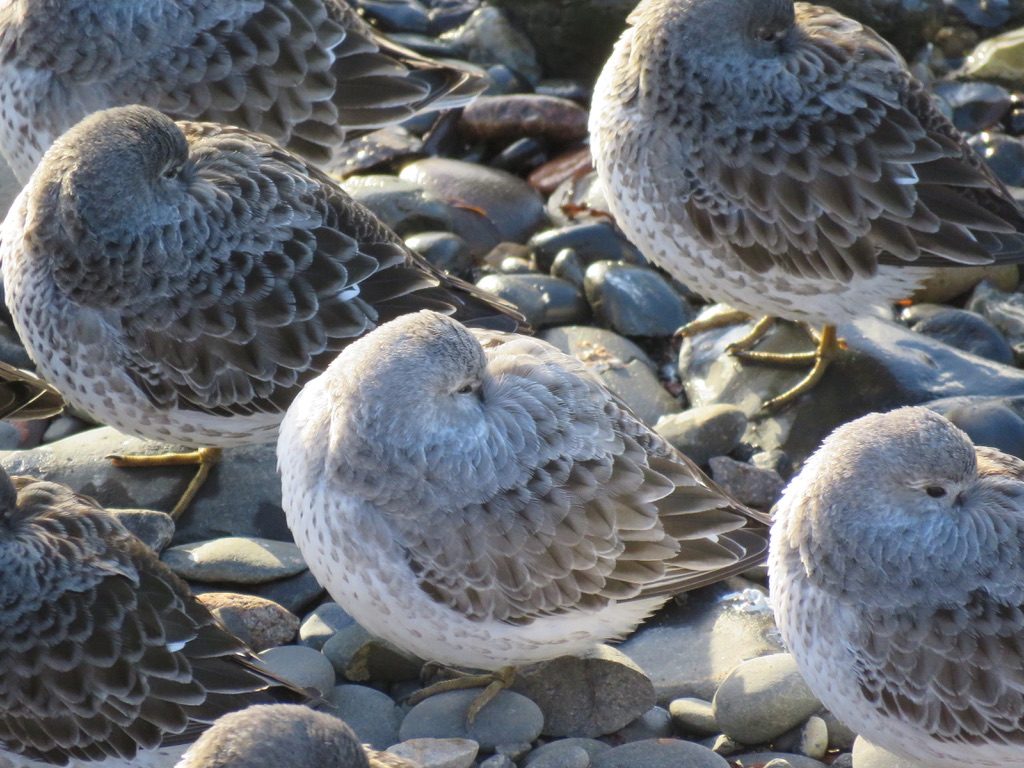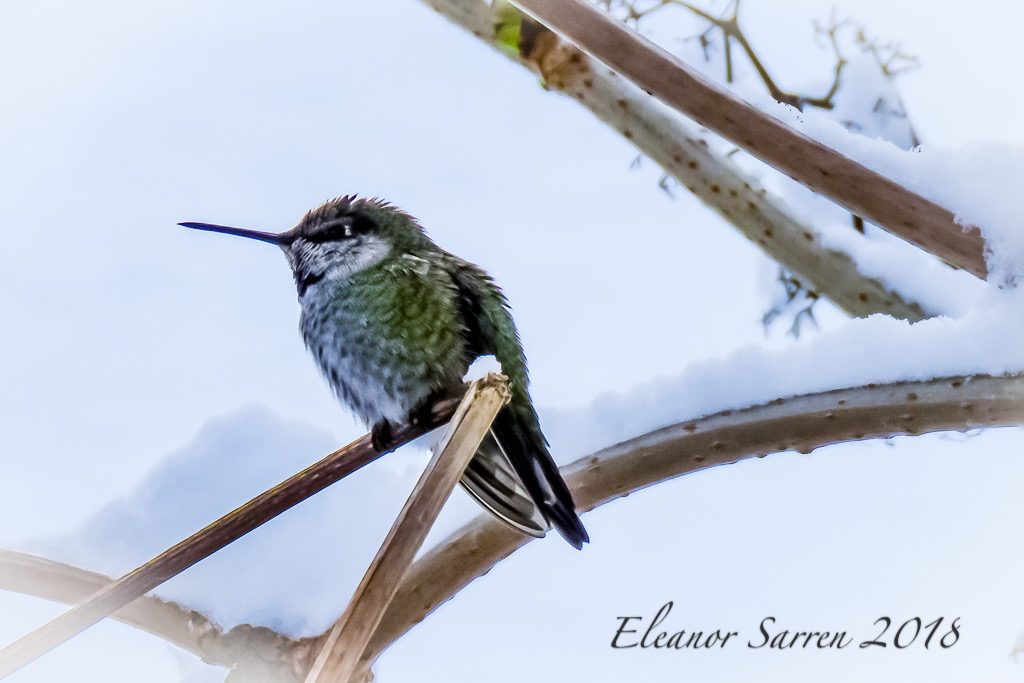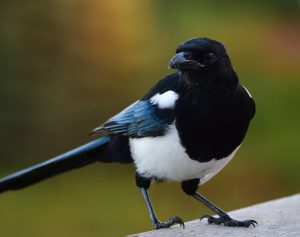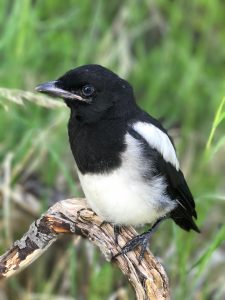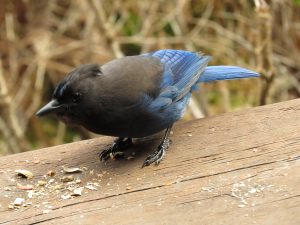3. *INFORMATION FROM DAVE ERIKSON (Homer Coordinator/Compiler)
(12-2-21) Greetings fellow KBB members!
Once again, it’s time to start planning for the annual Homer Christmas Bird Count, which will be held on Saturday, December 18, 2021. Due to the continuing COVID-19 pandemic, this year’s count will be conducted in similar manner to last year’s count, which included a few restrictions to ensure the health and safety of all participants. These additional measures will allow us to get a good count and provide for the safety of everyone involved.
Modified count protocols from last year include:
- No pre- or post-count meetings of count volunteers.
- No post-count potluck dinner will be held again this year.
- Count Area field team leaders will be selected in advance (preferably people who have counted the area in previous years).
- A list of field team leaders for each area will be sent out in an email and posted on the website with contact information so interested team members can contact them directly.
- Field team leaders will decide whether to census the whole count area together, as in the past, or divide up the count areas into smaller geographic areas and assign one person for each sub area.
- If field teams travel together, members will drive in separate vehicles. Carpooling is allowed for household members, vaccinated individuals, or people in the same social “bubble”.
- Field teams will observe a social distance of six feet when birding and masks or face-coverings will be worn as appropriate. Team members will also avoid sharing spotting scopes.
- All data can be recorded either on eBird or on our regular field form and emailed to the compiler, Dave Erikson (derikson@alaska.net) the next day or soon after.
- Team Leads will use our standard form or a note in eBird to record time birding, miles and times by methods of travel (vehicle and walking).
Regular count protocols include:
- Start and finish times will be the same as previous years, 9:00 AM to 4:30 PM. Owling can occur during the hours of darkness on count day).
- Record all bird species and numbers seen or heard in your count area during Count Day.
- Record all bird species seen or heard within the count circle three days before and three days after the count day (Count Week).
- Feeder watchers will record species, maximum numbers, and observation time in the same manner as previous years and submit results to the compiler.
- CBC Rare Bird Forms will be completed for all bird species that are not on the Homer CBC Checklist.
We have been very fortunate in Homer to have many dedicated birders who have repeatedly volunteered their time and resources to make the Homer CBC a success over the past 45+ years and I’m confident, with everyone’s help, we can get a good count again this year.
Thank you for your continuing support,
Dave Erikson, Homer CBC Compiler (907 441-7260)
